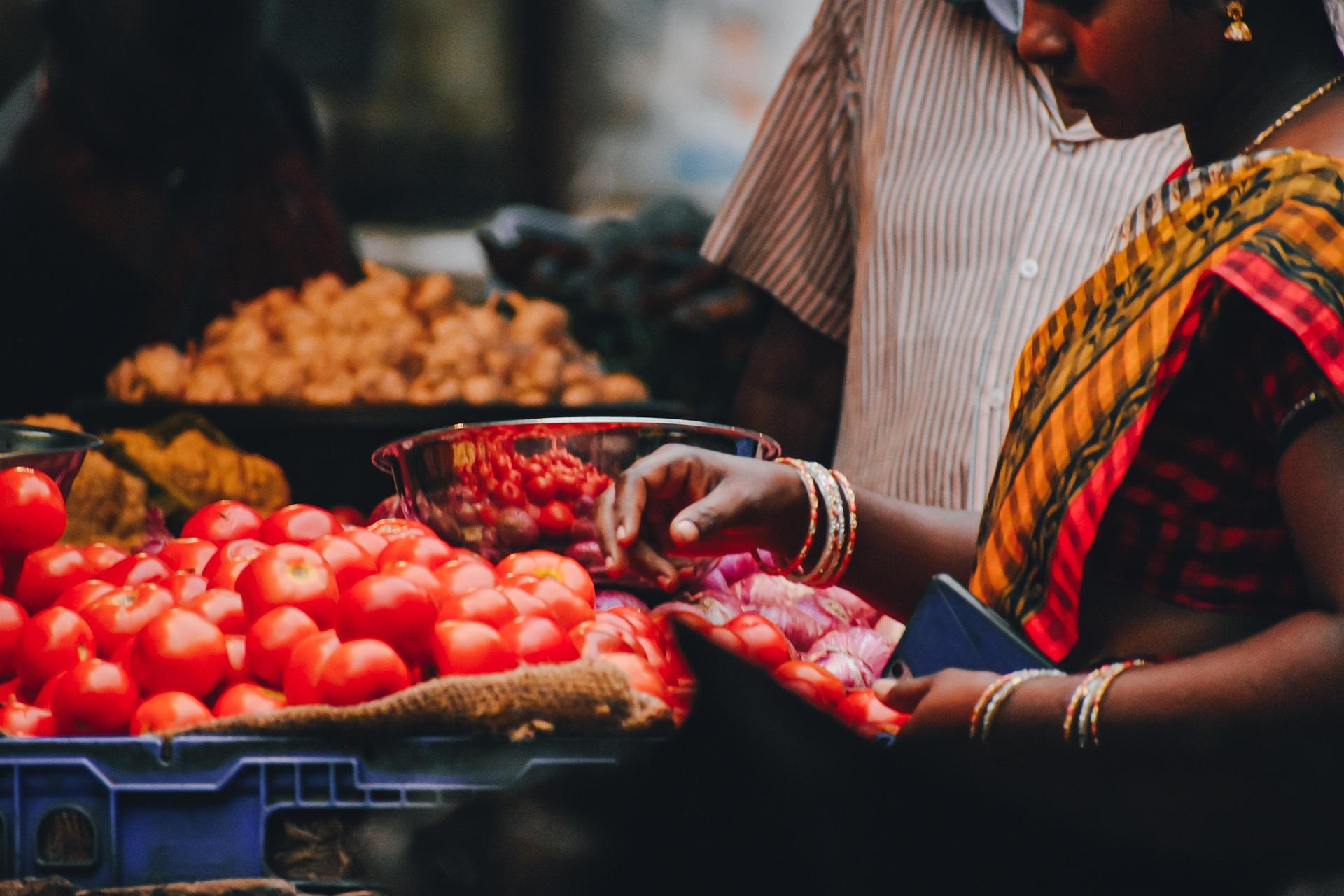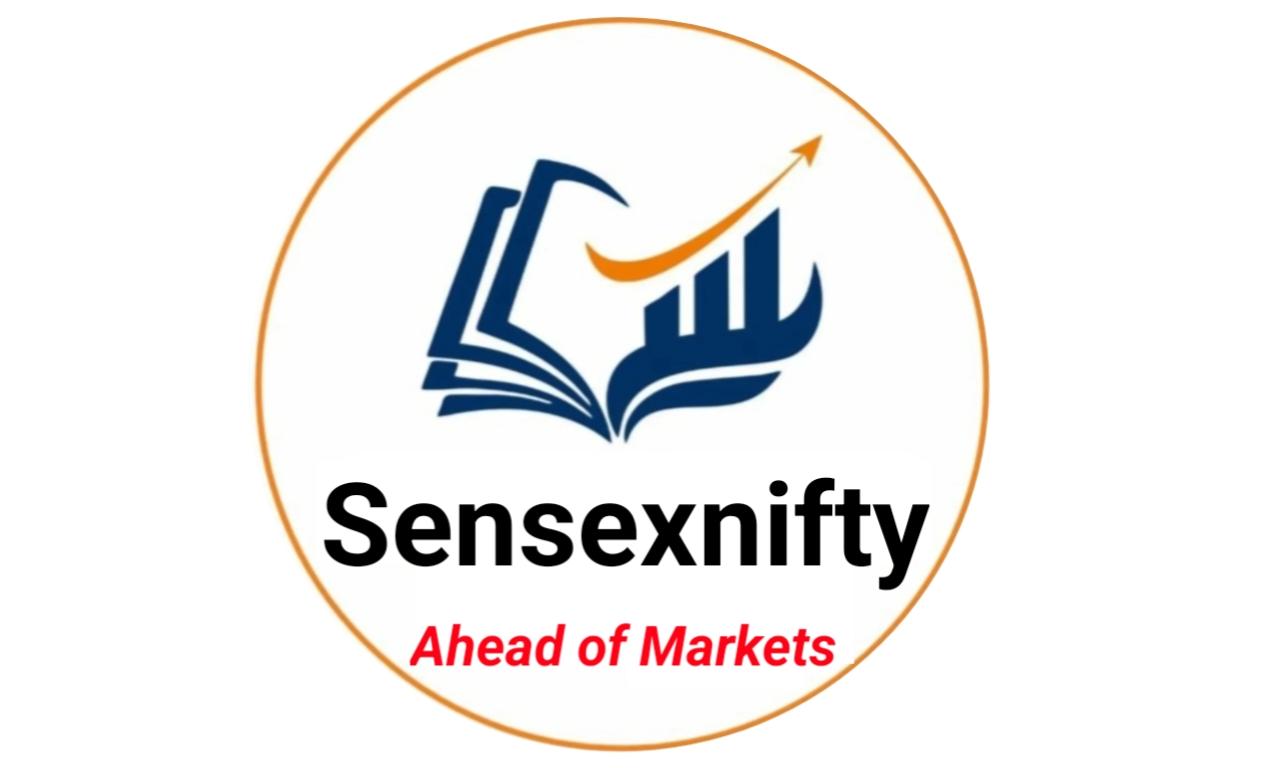
India’s retail inflation cooled sharply in July 2025, touching its lowest year-on-year level since June 2017. According to the latest data released by the Ministry of Statistics and Programme Implementation (MoSPI), the all-India Consumer Price Index (CPI) inflation stood at 1.55% (provisional) in July 2025, compared to 2.10% in June 2025 — a decline of 55 basis points.
The steep drop in inflation was primarily driven by a deeper contraction in food prices. The all-India Consumer Food Price Index (CFPI) recorded a year-on-year decline of -1.76% in July 2025, compared to -1.01% in June 2025 — a fall of 75 basis points. This marks the lowest food inflation rate since January 2019.
Rural and Urban Trends
Rural Inflation: Headline inflation in rural areas fell to 1.18% in July from 1.72% in June. Rural food inflation stood at -1.74% in July compared to -0.87% in June.
Urban Inflation: Headline inflation in urban areas eased to 2.05% in July from 2.56% in June. Urban food inflation dropped sharply to -1.90% from -1.17% in June.
Sector-wise Inflation Performance
Housing: Urban-only housing inflation was almost unchanged at 3.17% in July, compared to 3.18% in June.
Education: Combined rural and urban education inflation eased to 4.00% in July from 4.37% in June.
Health: Health inflation rose marginally to 4.57% in July from 4.38% in June.
Transport & Communication: Inflation in this category cooled sharply to 2.12% from 3.90% in June.
Fuel & Light: Prices rose at 2.67% in July compared to 2.55% in June.
Key Drivers of Inflation Decline
The fall in both headline and food inflation was mainly attributed to a favourable base effect and declining inflation in the following categories:
Pulses and products
Vegetables
Cereals and products
Transport and communication
Education
Eggs
Sugar and confectionery
State-wise Inflation (Combined – Rural & Urban)
State-level data showed wide variations in price pressures:
Highest Inflation: Telangana (3.89%), Jammu & Kashmir (3.77%), Kerala (3.37%), and Karnataka (2.73%).
Lowest Inflation: Bihar (-0.01%), Odisha (-0.30%), Assam (-0.60%), and Punjab (0.33%).
Selected State Data for July 2025 (Provisional, Combined CPI):
Andhra Pradesh: 0.50%
Chhattisgarh: 1.73%
Delhi: 0.58%
Gujarat: 1.85%
Haryana: 1.61%
Maharashtra: 2.33%
Rajasthan: 2.77%
Tamil Nadu: 2.11%
Uttar Pradesh: 0.45%
West Bengal: 1.87%
CPI Group-Level Insights (July 2025 Provisional)
At the combined level, some major group/sub-group price indices were as follows:
Food and Beverages: 201.6 (up from 198.1 in June)
Pan, Tobacco and Intoxicants: 213.3 (vs 212.7 in June)
Clothing and Footwear: 198.6 (vs 198.3 in June)
Housing: 185.7 (unchanged from June)
Fuel and Light: 180.7 (vs 180.8 in June)
Health: 203.5 (vs 202.5 in June)
Transport & Communication: 173.5 (vs 173.2 in June)
Miscellaneous: 192.9 (vs 192.2 in June)
Within the food category, notable July price movements (Combined Index, provisional) include:
Cereals and products: 197.1
Meat and fish: 229.3
Milk and products: 191.1
Vegetables: 212.0
Pulses and products: 184.3
Sugar and confectionery: 135.3
Prepared meals, snacks, sweets: 210.9
Overall Summary
The July 2025 CPI data indicates a rare combination of subdued headline inflation and deeply negative food inflation, offering relief to households and policymakers alike. With prices of key food commodities like vegetables, pulses, and cereals declining, the inflationary pressures that have persisted in recent years have temporarily eased. However, core categories such as health and education continue to post elevated price growth, which could keep certain cost-of-living pressures intact.
Disclaimer:
The information presented in this article is based on official data released by the Ministry of Statistics and Programme Implementation (MoSPI) for July 2025. While every effort has been made to ensure accuracy, the figures are provisional and subject to revision. This article is intended for informational purposes only and should not be construed as financial, investment, or policy advice.




